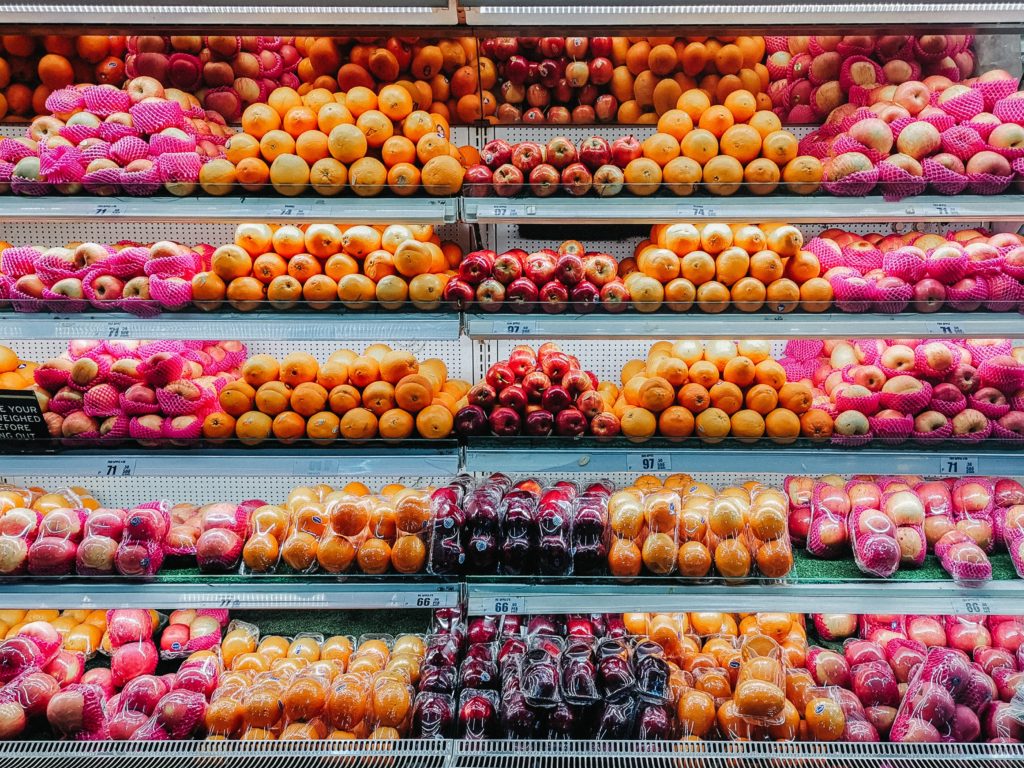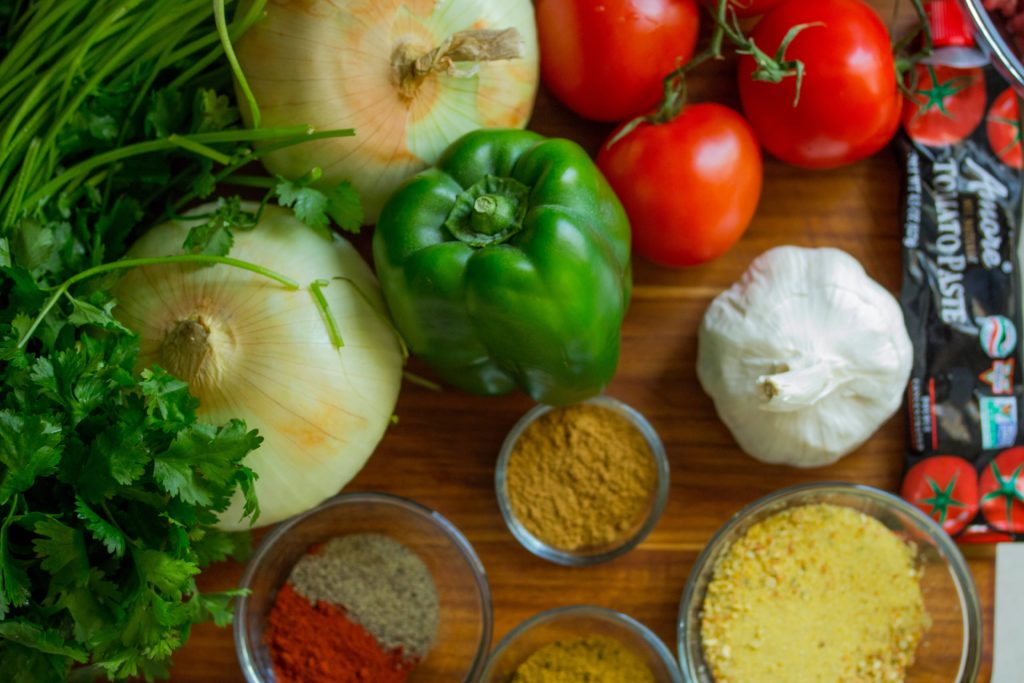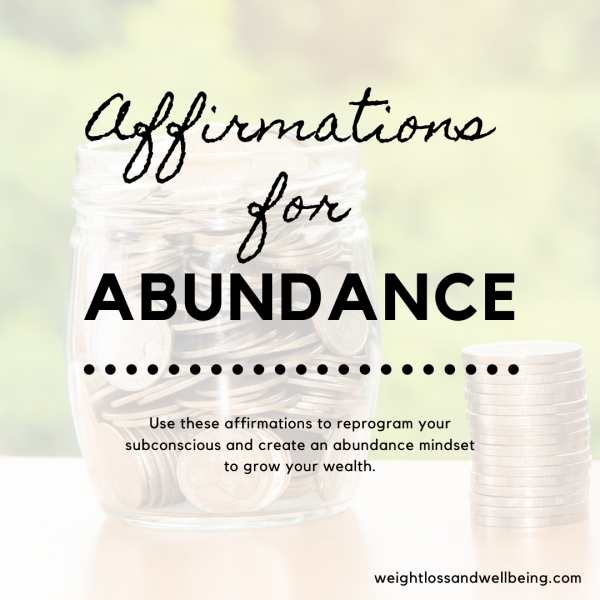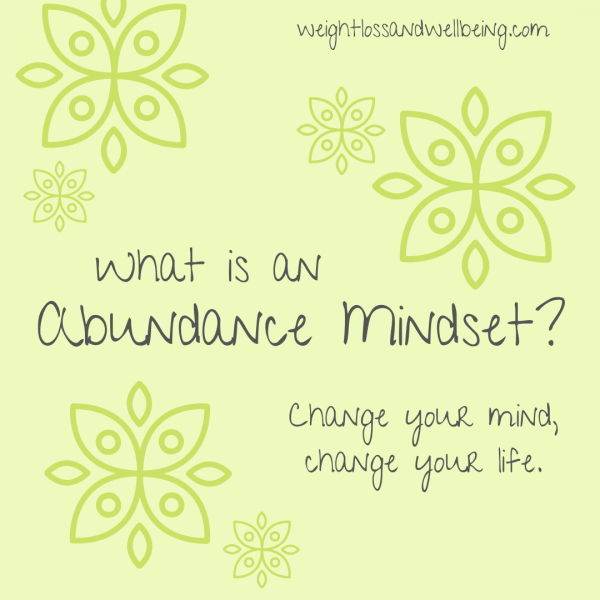Today my goal is to convince you that you need meal plan templates. And whether you utilize one of my pre-made ones below, or you use the following steps to create your own, utilizing a meal plan in some capacity will change your life. I’m serious, I am not overselling this.
First off, a meal plan can be anything you want it to be. Don’t get hung up on the idea that it needs to be super detailed, perfectly balanced, and stuck to without deviation for the week.
Trust me, it doesn’t need to be any of that. In fact, for some, just a simple list of meals in the fridge may be all you need. But that simple list is the key to saving money, saving calories, saving time, wasting less food, and saving your sanity with your family.
I get it, meal planning is super overwhelming. Where do you even start? Well, let me make the transition a little easier. The key is creating a template or style of meal plan that works for you.
And if you want more information on my journey with meal planning and prepping check out this article here.

It may take a few tries, a few customizations, and it may not stick at first, but if you give it a go, I promise you will start to notice some benefits pretty quickly.
Why You Should Meal Plan
The most important reason I meal plan is for my budget. I love roaming the grocery store and finding new things to try, new meals I want to make, and fancy ingredients I’ve never seen before. But unfortunately my budget and more importantly my bank account, does not appreciate the same things.
When I meal plan, I can more effectively utilize my grocery budget, save money on sale items, and create meals that use the same ingredients. If you can buy in bulk, you can save money. Planning meals that are based around the same ingredients will help you buy larger quantities and actually use them before the expiration.

Meal planning also gives you the chance to think critically about what kind of foods and meals you want to consume. With a fast-paced lifestyle, we become very reactionary.
Hungry? Swing through a drive-thru or nuke something in the microwave. We do what we have to in a pinch, but just a few minutes of planning can save you the soggy bun and greasy calories.
We know these aren’t the best choices for us and when given the opportunity we would love to choose something healthier. Sitting down for a few minutes a week to forecast your meals, gives you the chance to set some nutrition goals, ensure your meals are balanced and well-rounded.
You may even notice certain trends in your eating habits. For example, you may notice you have double carb items, with no veggies for dinner frequently, or that you tend to have pasta more than a few times a week.
Meals like this become habit for us, but when we take a bird’s eye view, we can make small tweaks to make our overall diet healthier. For many, it may not be the cost savings, but instead the time savings that lures you in. Choosing to prep all of your meals, some of your meals, or even just portions or your meals can be an absolute game-changer.
It can make “cooking dinner” into “assembling dinner” which is a far less stressful and time-consuming event.
When you have a few prepped proteins, like cooked chicken, or shredded beef ready to go, steaming a veg and cooking a whole grain are quick and painless.
The least known, but possibly most important facet of meal prepping is the elimination of food waste. We all try our best, but at the end of the week I too am guilty of tossing the bag of wilted spinach or salad mix; forgetting the raw meat in the fridge for a week.
We do our best to avoid food waste, but meal prepping can really be a game-changer. Knowing what needs to be used and by when ensures you are eating all of the food you purchase and when it is at its peak freshness. Just a little forethought can go a very long way here.
The last benefit that I’ve found is having everyone in the household on board with what meals are happening and what day. This allows for Spouses and children to participate in either cooking or prepping the meal since they know what is on deck for the evening.

It also heads off those pesky “what’s for dinner?” questions. And for busy people, just having that added stress of what’s happening for dinner taken off your shoulders, can be a huge relief you didn’t know you needed.

Meal Plan Templates I Use
I have gone through quite a few iterations of meal plans and templates. I too fell in the trap of prepping every individual meal when I first started.
But that became incredibly overwhelming to do, and underwhelming on the actual consumption end. I then progressed into “buffet style” prep where you prep large quantities of proteins and whole grains that can be mixed and matched into meals.
That worked great for a while. However, now I do something a bit different. I like to have meals that are about 75% complete, and basically just need to be heated and assembled. Things like having prepared meat sauce that just needs to be added to some cooked pasta.
You can find links to purchase my templates below, with descriptions and instructions for each one. Feel free to customize and tweak these as needed. It may not be your final template, but these can at least get you going, or be a great jumping off point for creating your own.
Custom Meal Plan Templates are Better
The most important reason why you should consider taking the time to create your own template is that we are all very different, and our families have very different needs.
We also have very different goals. Some are more focused on cost savings and food efficiency, where others are concerned with food quality or availability.
And ultimately, we all like to cook and prep our food differently. We have different time circumstances and pressures. And your lifestyle might call for more elaborate prep if you have children, versus a single person just prepping for themselves.
Creating a custom template allows you to focus on the things that are most important to you. You can create sections that allow for calorie or macro tracking and a spot for your grocery list or recipes.
You could even track your food use through the week as you go. There are just so many options out there, that you can create a fantastic tool for yourself or your family.
How to Make Custom Meal Plan Templates

Ultimately your meal plan can look however you want, it can include the items you think are pertinent and important, and can be as long or as short as needed.
Try to keep an open mind as you assemble different options. And be open to evolving your template as you learn and grow. And the end of the day, this is your tool to help you do what you need to do, feel free to make it as custom as possible.

Let’s go through five items I think you should consider adding to your meal plan template, what you can use them for, and why I think they’re important:
Step 1: Grocery Inventory
This is the key to eliminating food waste. Every meal plan should start with listing out what you have on hand and what needs to be eaten.
Before you even consider what meals you want this coming week, figure out what you already have that needs to be used.
You’ll be shocked at how much food you already have on hand, and how much waste you can eliminate just by taking inventory and using those foods up. You can even note expiration or best by dates to be sure that food is prioritized at the beginning of the week.
Step 2: Goals
This is another uncommon section, but can be very important if you’re on a health or weight loss journey. Even if you’re not on a weight loss journey, set yourself some goals. I like to focus on making sure each meal has a veg or “green” component, that we eat carbs at only one meal, and that we focus on increasing our animal product consumption.
These are all current goals that change throughout the year or evolve as I become better at hitting them. Get as specific as you can.
Avoid just writing “eat more veggies.” Specific goals like adding veggies to every lunch are actually doable, attainable, and trackable.
Step 3: Meals
Alright, here is the meat and potatoes of the template, the meals. Figure out how many meals you need for each person in your household.

And keep in mind, this can be completely custom to your specific situation. Don’t feel the need to put Breakfast, Lunch, and Dinner, if you don’t actually eat those meals.
For example: My husband and I don’t usually eat breakfast on week days. We both usually opt for coffee, so I don’t have breakfast on Monday-Friday.

But, we do eat breakfast on the weekends, so I show breakfast on Saturday and Sunday. Make sure to do the same for your family, include snacks, desserts, and any other options that you usually eat.
Put a line in for every item that you need. You can also group options if you plan on bulk prepping the same meal for the week.
For example, I enjoy eating the same lunch every day for work, and do a large prep on Sunday. However my husband does not, and likes having options throughout the week. So I get one line for Mon-Fri, where he gets two for his two options.
Step 4: Shopping List
This is a pretty obvious and common facet of a meal plan. Be sure to leave as much space as you’ll need for your shopping list. Include beverages, snacks, and domestic products that you’ll need for the week.
Step 5: Prep List
This is my favorite section, and where the majority of my planning is done. I figure out exactly which meals, portions of meals, or bulk cooking that I will prep for the week.
I assess how much free time I have for the weekend and the coming week, and the time intensity of the meals I have chosen.
Then I lay out a roadmap of what can be prepped and when. I also like to eat food as fresh as possible (husband hates leftovers) so I consider when I can prep what, and when it will be used.

For some weeks, I may even do a second or small prep mid week. I may even prep a meal as I cook another for the week. Or will cook a whole grain for one meal, and save the second portion for a meal later in the week. Just make it work for your time and needs.
Step 6: Bonus Section – Recipes

Occasionally, if I am making something new, I will include the recipe on my meal plan. I do this to ensure I have the correct ingredients and to make it easier to find when I’m ready to cook.
But remember, you can add any other sections you could want or need here. Be creative and make it useful!
How to Use Your Meal Plan Templates
I hope that you’ll be excited to try our your new meal plan template immediately. And don’t get discouraged if it doesn’t work the first few times.
Or if it still feels a bit overwhelming. There is so much to learn and hone when trying to organize your meals and consumption, especially if you have big or complex goals.
But ultimately practice makes perfect. And the more you try different methods, the more you’ll see what actually works and what definitely doesn’t. Focus your energy on the things that are working and improving and just drop whatever doesn’t. You don’t need it.
Use your meal plan every week and make sure to keep the old ones. Occasionally I’ll go back to previous meal plans if I’m lazy and don’t want to plan for the week.
Or just to see previous ideas that I really liked. You can even take notes on your previous meal plans, what worked, what didn’t, what you liked, and what didn’t get eaten.
Think of it as your own data, and use it as best you can. And feel free to evolve your template over time. I guarantee you will realize you don’t need certain parts and will have ideas for new sections.
Some weeks may look different than others, may be longer or shorter, or may not even happen. The goal is always progress over perfection, so don’t waste your time trying to get it just right.












